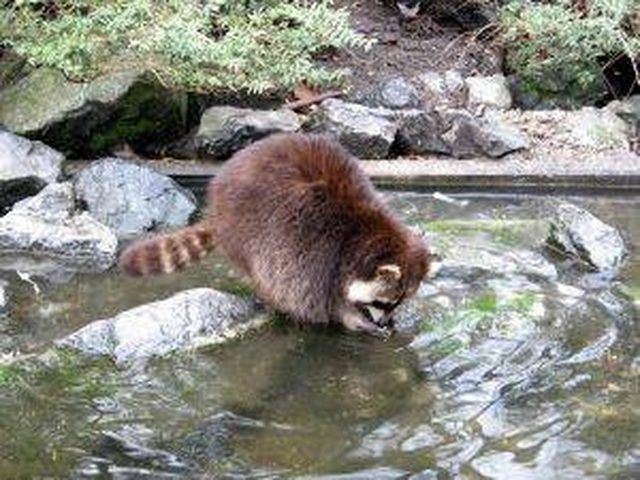Bulbs
Flower Basics
Flower Beds & Specialty Gardens
Flower Garden
Garden Furniture
Garden Gnomes
Garden Seeds
Garden Sheds
Garden Statues
Garden Tools & Supplies
Gardening Basics
Green & Organic
Groundcovers & Vines
Growing Annuals
Growing Basil
Growing Beans
Growing Berries
Growing Blueberries
Growing Cactus
Growing Corn
Growing Cotton
Growing Edibles
Growing Flowers
Growing Garlic
Growing Grapes
Growing Grass
Growing Herbs
Growing Jasmine
Growing Mint
Growing Mushrooms
Orchids
Growing Peanuts
Growing Perennials
Growing Plants
Growing Rosemary
Growing Roses
Growing Strawberries
Growing Sunflowers
Growing Thyme
Growing Tomatoes
Growing Tulips
Growing Vegetables
Herb Basics
Herb Garden
Indoor Growing
Landscaping Basics
Landscaping Patios
Landscaping Plants
Landscaping Shrubs
Landscaping Trees
Landscaping Walks & Pathways
Lawn Basics
Lawn Maintenance
Lawn Mowers
Lawn Ornaments
Lawn Planting
Lawn Tools
Outdoor Growing
Overall Landscape Planning
Pests, Weeds & Problems
Plant Basics
Rock Garden
Rose Garden
Shrubs
Soil
Specialty Gardens
Trees
Vegetable Garden
Yard Maintenance
How to Stop Raccoons
How to Stop Raccoons. A raccoon's habitat in the United States is anywhere he can find food and water. While the animal's natural diet is made up of mice, insects and plants, in areas populated by humans, the main diet of the raccoon consists of garbage and pet food.Raccoons live in dry, warm places. They often settle in holes in trees and dens...

A raccoon's habitat in the United States is anywhere he can find food and water. While the animal's natural diet is made up of mice, insects and plants, in areas populated by humans, the main diet of the raccoon consists of garbage and pet food.
Raccoons live in dry, warm places. They often settle in holes in trees and dens abandoned by other animals. Attics and outbuildings are also attractive settling sites to the raccoon.
Once raccoons have identified your property as an ideal home or feeding area, they can cause a lot of damage. Scattered garbage, devastated gardens and ruined insulation can be annoying to the homeowner, but the added danger of fleas, distemper and raccoon roundworm make removing racoons from your property a priority.
Things You'll Need
Rope or bungie cord
Cinder blocks
Electric fence
Radio
Ammonia
Motion detector lighting
Welded wire or hardware cloth (screening material)
Cayenne pepper
Stopping Raccoons from Foraging in your Yard and Garbage
Protect your garbage cans from becoming the favored Raccoon diner. The best way to do this is to upgrade to rubberized locking garbage cans, but if this isn't possible, try tying the lids of your current cans down and placing cinder blocks on top to keep the raccoons out.
Rake up any fruit that has fallen from trees.
Bring pet food and bird feeders indoors until the raccoon has found another area to feed.
Fence in your garden. Raccoons can climb, so you may need to use electric fencing.
Clean your grill if you keep it outside.
Don't restock your fish pond until you're sure the raccoon is gone.
Stopping Raccoons from Settling in the Attic
Set up flood lights in the attic.
Set a radio to a talk station, and let it play at high volume in the attic.
Soak a cloth in ammonia and hang it in the attic.
Make sure no baby raccoons have been left in the attic.
When you're sure the raccoons have moved on, cut back any tree branches that allow easy access to the roof.
Patch or screen openings larger than 4 inches with the screening material, leaving one open in case a raccoon is left inside and needs to escape.
Place a live trap in front of the open hole (see Resources).
Patch or screen the final hole when you are sure the attic is raccoon-free.
Stopping Raccoons from Settling in the Chimney
Open the flue 1/8 inch.
Set a bowl of ammonia in the fireplace.
Tune a radio to a talk station, and place it in the fireplace.
Allow the mother raccoon to remove her babies from the chimney. This should take two to three nights.
Assist raccoons that are unable to climb out of a metal chimney by dropping thick knotted rope down the chimney that is strong enough for the raccoon to climb up.
Cap the chimney only after you are sure the raccoons are gone.
Stopping Raccoons from Entering through Your Pet Door
Set motion detector lights at the pet door.
Place a piece of cardboard sprinkled with cayenne pepper in front of the pet door at sunset, removing it in the morning.
Lock or block the pet door at sunset.
Tips & Warnings
The main cause of raccoon death is starvation. If raccoons cannot find food at a particular location, they will not waste the energy to return.
A raccoon will defend itself when cornered.